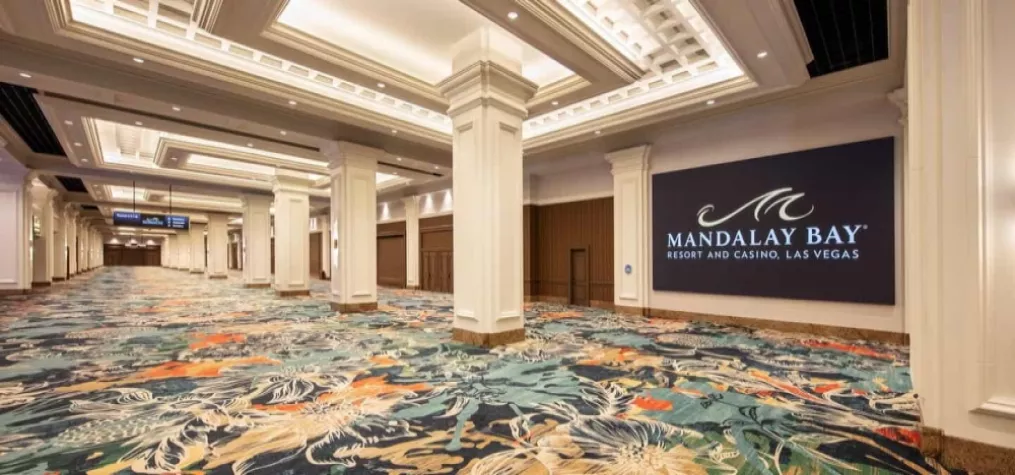Michelle Bruno

Michelle Bruno is a writer, blogger, and technology journalist. She publishes Event Tech Brief (eventtechbrief.com), a weekly newsletter and website on event technology. You can reach her at michelle@brunogroup.com.

When it comes to summer events, radio-frequency technology - whether it’s RFID or NFC - is the new black (or tie dye). Whether you’re planning a music festival, a maker faire, or a lawn and garden show, wearables with embedded RF chips or tags open up a world of possibilities for organizers and attendees.
The Basics: RFID vs. NFC
Radio-frequency identification (RFID) and near-field communication (NFC) work similarly:
When Radio frequency identification (RFID) technology is used, information (usually a unique number) is transmitted from an encoded memory chip (known as a “smart tag”) via an antenna to an RFID reader. The reader triggers an action. The tag can be embedded in a wristband or credential that has been activated, i.e. associated with a specific individual. At events, readers can detect RFID tags up to 30 feet away so that movements can be tracked even if wristband wearers don’t swipe or tap a reader.
Near field communication (NFC) is a type of high-frequency RFID but only works when the reader and the tag are no more than an inch apart—a feature that also makes it more secure. NFC chips can also be embedded in wristbands and other wearables. The chip is activated when the wearable is tapped or swiped on a reader (usually when the attendee enters the event for the first time) and is associated with the wearer. RFID and NFC differ from beacon technology because they don’t require a Bluetooth-enabled smartphone.
RFID and NFC are used differently. RFID is better for tracking individuals that are merely within the vicinity of the readers. With RFID, an event planner could, with the right software, monitor the traffic flow of a crowd to make sure there are enough restrooms, seating, and food. NFC, on the other hand, is better for payments and check-ins. The short-read range ensures that the swipe or tap of a wristband is intentional.
Adding the Fun Factor
So-called “smart” wristbands and badges are especially appealing to a young generation of digital natives who are accustomed to getting what they want with a swipe. Regardless of the mechanics, imagine that using RF technology is a very simple, automated, and entertaining way for your attendees to perform tasks in and around the event, including:
Greasing The Wheels
There are several reasons why event planners would want to offer RFID or NFC wearables in place of, say, money or paper forms or manual processes—especially when the readers are connected to Cloud-based software. First, it’s easy and convenient for attendees. Cashless payments, for example, are much faster than using paper money or credit cards. Second, it’s an efficient way for planners to track attendee movements, behaviors, and preferences (potentially in real time)—data that’s useful for planning the next event.
Radio-frequency technologies don’t require wireless access to the internet in order to function; however, when a stable wireless infrastructure or local area network is available, the capabilities—real-time crowd monitoring, cashless payments, and swag distribution, for example—amplify. With WiFi, the readers can send data to the cloud and initiate tasks, such as reducing an individual’s account by the amount of his or her payment for a burger.
Today, RF tags can be embedded in almost any wearable, even a paper badge. The cost of the tags is becoming cheaper by the day. What event planners really have to think about is the strategy behind the technology—how it’s being used, why it’s being used, how it will be deployed, and where all the data will go. A good technology partner can help you parse through the many options.
This blog was first published on SmartSource Rentals Blog.

Add new comment